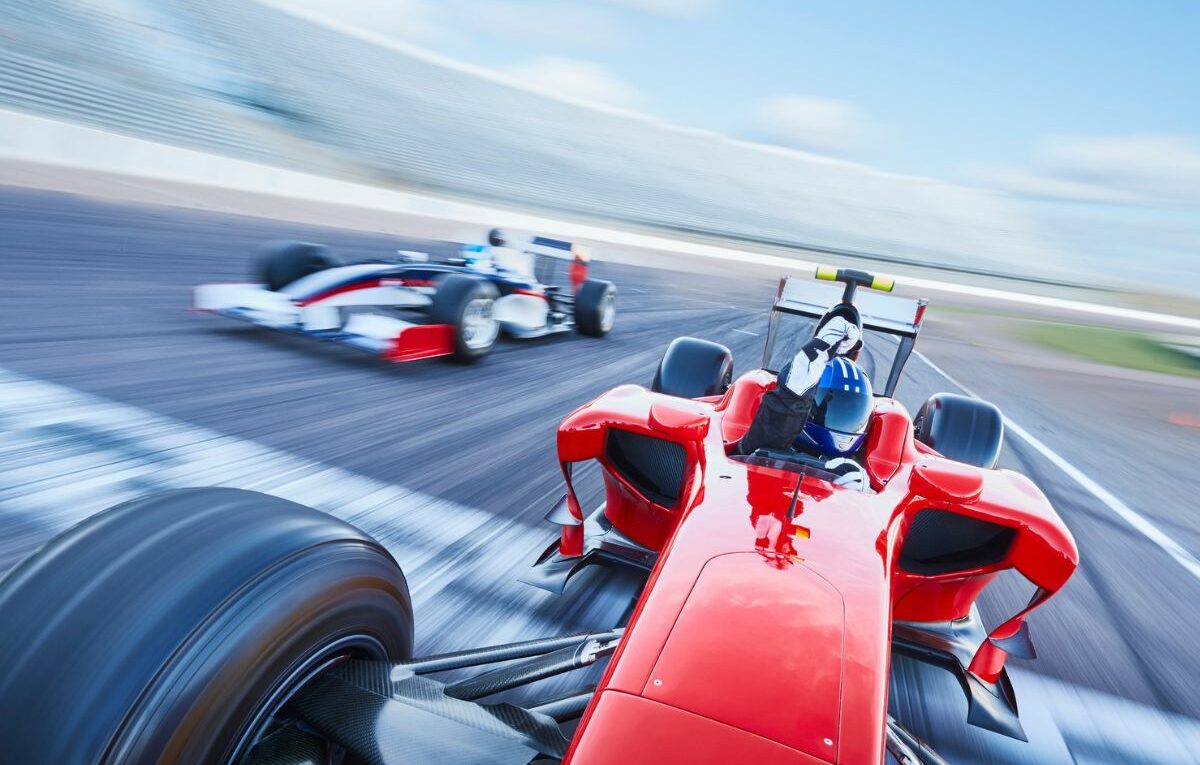7 Essential Features of a Good Racetrack
A racetrack is the heart and soul of motorsport. It is where speed, skill, and adrenaline come together, captivating both drivers and spectators alike. However, not all racetracks are created equal. A good racetrack has certain key features that enhance the racing experience.
It prioritizes safety and creates an optimal environment for the race participants to showcase their talents. A good racetrack combines the art of design and engineering to create a stage where motorsport thrives. It has an excellent layout that has been given some careful thought during its design stage.
Such a racetrack also incorporates state-of-the-art technology. Each of these elements contribute to an exceptional racing experience. Here are some of the essential features that a good racetrack must have:
1. Surface quality
The quality of the track surface significantly impacts the performance and safety of drivers. A smooth and well-maintained surface ensures optimal traction, allowing vehicles to maintain control at high speeds. Regular maintenance activities, such as patching potholes and repairing cracks, are necessary to prevent uneven surfaces.
2. Appropriate layout and length
A well-designed racetrack should have the right length and layout to challenge drivers’ abilities and foster competitive racing. The track’s length should offer ample straight paths for high-speed racing. It should also have a variety of turns to test drivers’ skills in cornering and braking. A mix of all such features will create an exhilarating experience for both drivers and spectators.
3. Changes in elevation
To make the racetrack more challenging and visually appealing, it’s essential to have elevation changes. Well-planned hills and dips can test the drivers’ skill in managing their vehicles on uneven terrain. Strategic elevation changes also provide different racing lines, giving overtaking opportunities and creating a dynamic and thrilling atmosphere.
4. Safety Measures
Safety is paramount in any motorsport event, and a good racetrack must prioritize the well-being of participants. The track should have sufficient safety barriers among the other safety measures to minimize the risk of accidents.
They are also essential for protecting drivers in the event of a crash. Adequate tire barriers, catch fences, and impact-absorbing materials are essential features that enhance the overall safety of the racetrack.
5. Spectator Facilities
A good racetrack is not just about the drivers. It must also provide an exceptional experience for spectators. Adequate stands, spectator areas, and viewing platforms should be strategically positioned to offer optimal viewing experience. Fans must be allowed to witness the action from various vantage points. Amenities such as food stalls, restrooms, and parking facilities must also be provided for a pleasant experience of the spectators.
6. Well-designed pit lane and paddock areas
The pit lane and paddock areas are vital components of a racetrack. They serve as nerve centers for the teams and provide essential infrastructure for race operations. Well-designed pit lanes should be spacious, with ample room for multiple teams to work simultaneously.
The paddock area should offer secure and well-equipped garages. They must also have amenities like media centers, hospitality suites, and team facilities.
7. Technological enhancements
In today’s times, technology plays a significant role in motorsports. A good racetrack should incorporate advanced timing systems, video surveillance, and communication infrastructure. This ensures accurate race monitoring, reliable data collection, and seamless coordination among race officials.
The technology facilitates fair competition, assists in decision-making, and enhances the overall racing experience for both participants and spectators.

